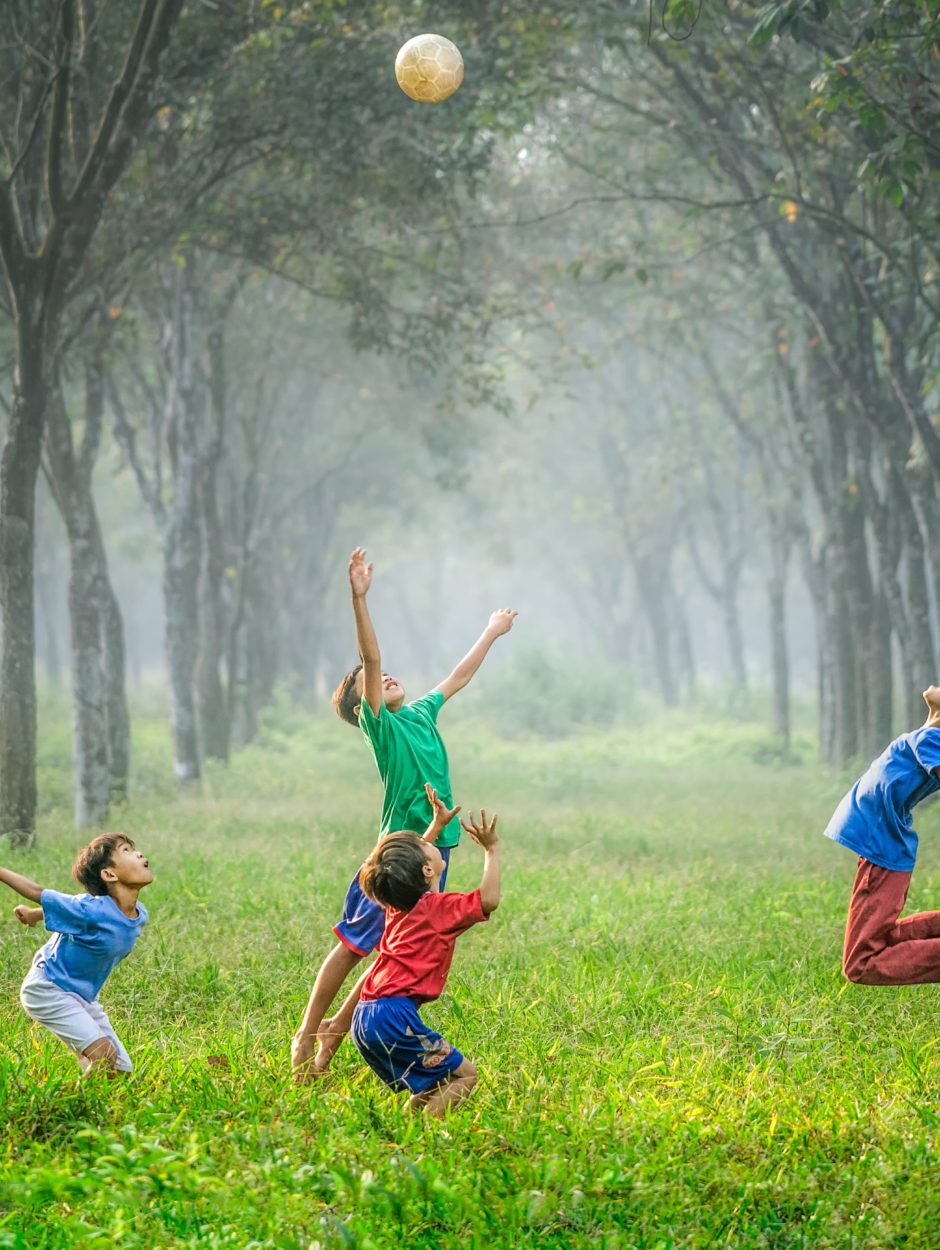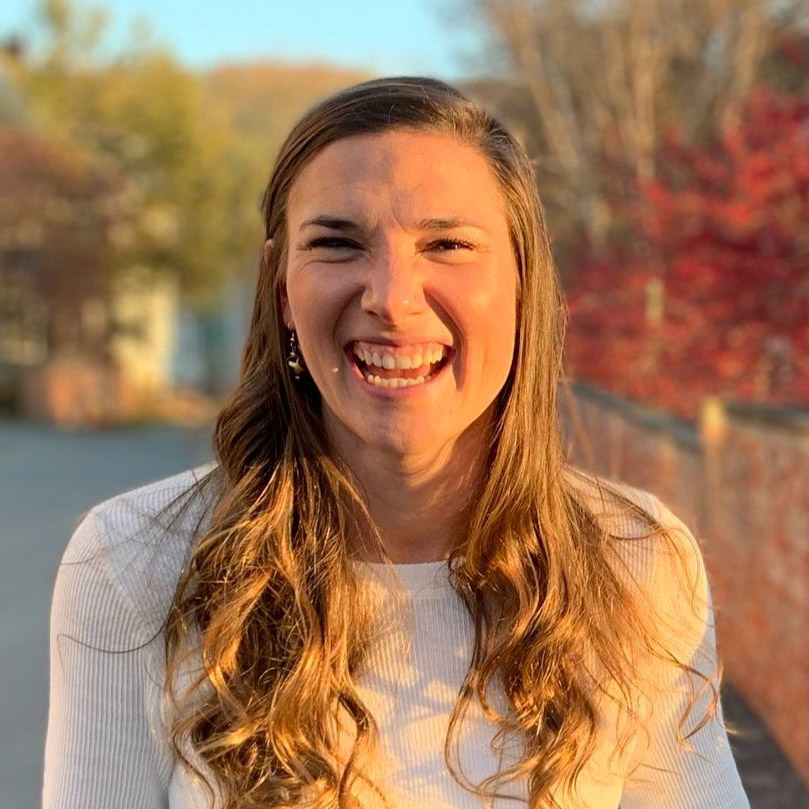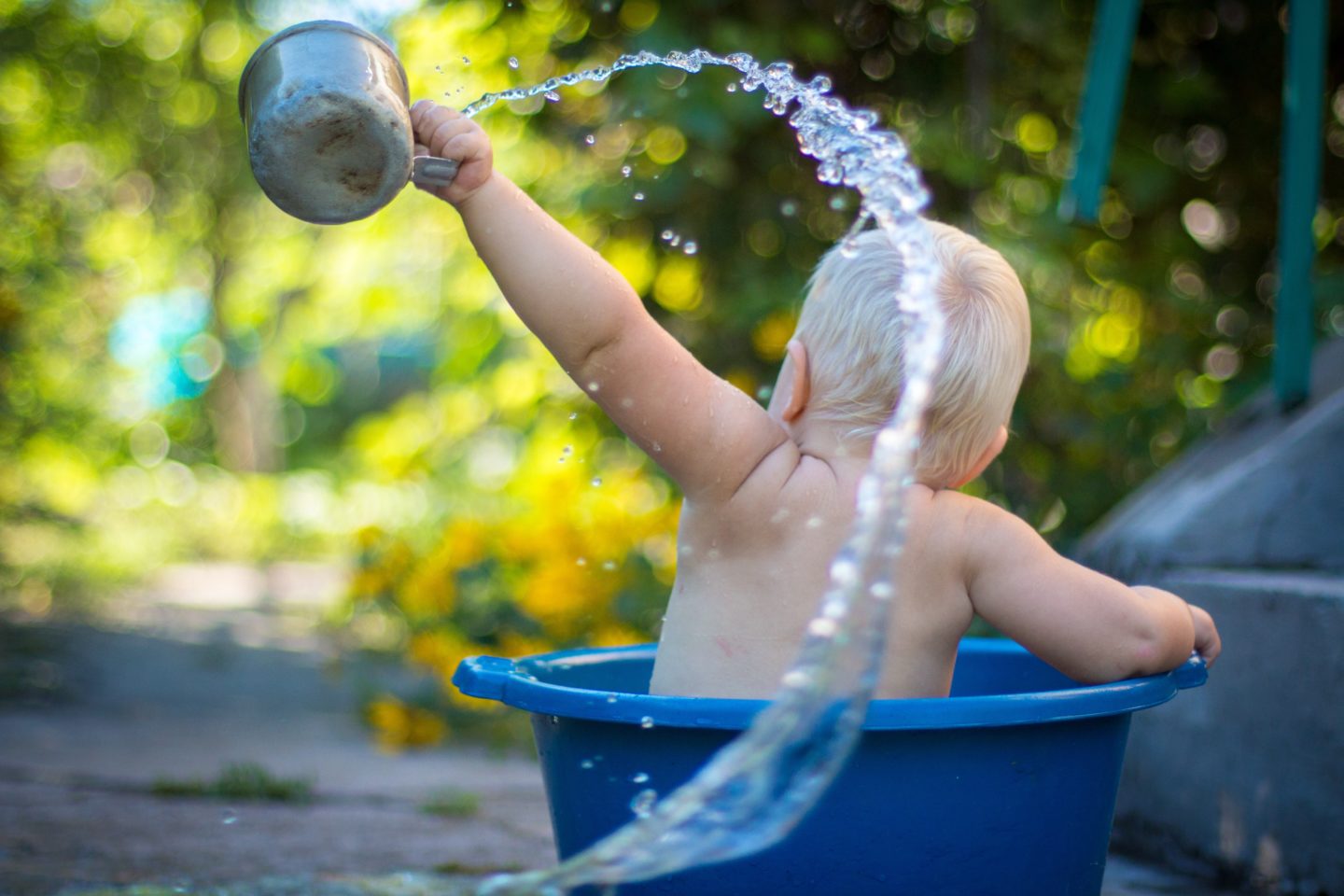“It is time for parents to teach young people that in diversity there is beauty and there is strength.”
Maya Angelou
If this pandemic has taught us anything, it’s how incredibly resilient children are. Watching them navigate these challenging times is inspiring, often much more graciously than adults. That is what makes children so amazing. They are open-minded, positive and incredibly malleable.
Over the last decade, the approach to parenting has seen a shift from an authoritarian to a more authoritative approach. Instead of being told what to do and how to behave, children are spoken to like adults, asking for their opinions and processing their thoughts as equals. It has given children more of a voice and feeling of confidence and acceptance. In many ways, it is fostering the growth of children who will be trailblazers, understanding that their thoughts and opinions matter. So how do we parent in a culture that encourages us to treat our children as equals, but also provide boundaries and structure?
By helping our children develop a growth mindset we can foster resilient, confident kids who are not afraid to fail. A growth mindset is when we believe our intelligence and abilities can be improved over time with effort. It’s all about letting our kids make mistakes and praising effort over outcome.
As both an educator, parent and social emotional advocate, my approach is a balance between the authoritarian approach and the authoritative approach. Children need boundaries and structure in order to thrive. As their brains develop, it can be challenging to navigate this big world. It is important to talk with our children and teach them the skills to be kind, compassionate, hard-working, passionate and confident humans. It is also vital to give them space and freedom to explore the world on their own. That can be so hard as a parent. We want to protect our children, but our job as parents is to help them learn to navigate tricky situations and have the skills to protect themselves. Children are often much more capable than we give them credit for.
A friend and teacher has an amazing growth mindset lesson for her students. She uses James Knottingham’s Learning Pit Model to show what happens when something is hard and how we can work our way out. It is such a helpful visual for kids who feel alone in this experience.
The key to building grit and growth mindset in our children is actually much simpler than we think- do less. The goal is a healthy balance between loving, supporting, teaching and encouraging your child and letting them go in order to discover things on their own. Growth mindset fosters resilience and confidence. It encourages children to embrace challenges instead of avoid them.
Tips for Helping Children Develop A Growth Mindset
- It’s ok to be wrong
- “Mistakes Make My Brian Grow” from teachings by Carol Dweck
- Instead of trying to solve a problem for them, ask “is there another way we can solve this?”
- Focus praise on effort “You worked really hard on that” instead of fixed praise “Good job!”
- Be specific with praise. Instead of “You’re so smart” try “You should be so proud of your effort. It shows in your work.”
- Give permission to fail and help understand things don’t always have to go as planned
In a recent interview on NPR with children’s author Kate DiCamillo she discussed her thoughts on writing stories for children that show both love and heartbreak. She was once asked by a fellow author, “How honest can an author be with an auditorium full of elementary school kids? How honest should we be with our readers? Is the job of the writer for the very young to tell the truth or preserve innocence?” She responded in a beautiful letter that you can read here. She goes on to discuss the impact of Charlotte’s Web on children not only for the beautiful characters, love and friendship but also the heartbreak in the end. She writes, “How do we tell the truth and make that truth bearable?” She continues, “the only answer I could come up with was love. E. B. White loved the world. And in loving the world, he told the truth about it — its sorrow, its heartbreak, its devastating beauty. He trusted his readers enough to tell them the truth, and with that truth came comfort and a feeling that we were not alone.
I think there are parallels between what DiCamillo aims to do in her writing and what we can do for children. Parenting is hard and we do the best we can. Take it one day at a time. Our children are even more independent, intelligent, and capable than we can imagine. Let’s help them find their spark and give them the space to shine their brightest for the world to see.
Have you considered the growth mindset approach? What has been most effective in building grit and growth mindset in your children? Let us know in the comments below!
Resources for Building Grit and Growth Mindset:
- Your Fantastic Elastic Brain
- Mindset: The New Psychology of Success
- Developing a Growth Mindset with Carol Dweck
- The Magical Yet
- How Children Succeed
- Grit the Power of Passion and Perseverance
- Y is for Yet
- The Magic of Mindset
Disclosure: if you buy something through the links on this blog, we may earn an affiliate commission. We only feature products we would personally recommend. Thank you for your support.






Thanks so much for this post. I am always looking for ways to help my kids with having a growth mindset. I also look to teach them to be intrinsically motivated. I really appreciate the resources you have included in the post. I will be checking them out after I finish my comment.
Thanks again!